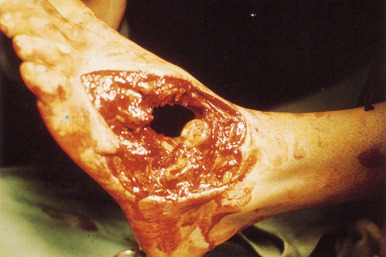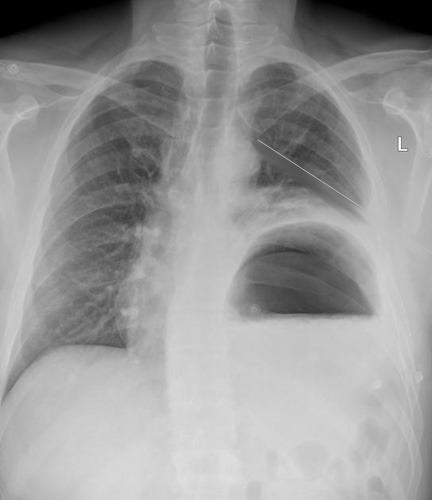The legal drinking age in the US is 21. Yeah. But taking that first drink frequently happens well before that age. An interesting observation I have made is that the younger the age at which the first is taken, the more likely the individual is to have significant addiction problems later. I just read a paper that seems to quantify this phenomenon.

Over a thousand adolescents (6th through 8th grade) were already participating in a 3 year study of alcohol initiation and progression in the state of Rhode Island. A subset of these students were contacted and consented, and underwent a series of monthly and semiannual surveys. The goal was to see if alcohol use at the beginning of high school could be predicted based on earlier experience with it.
Here are the factoids:
- 30% of students admitted to sipping alcohol by the beginning of 6th grade
- Nearly two thirds of these experiences occurred in children aged 7-10 (!!)
- The first sip was usually wine (40%) or beer (35%)
- The most common location was at home, and the provider was usually the mother (39%) or father (34%)
- In 76% of cases, the beverage was intentionally offered
- Students who sipped alcohol by 6th grade had significantly higher odds of consuming a full drink, getting drunk, and drinking heavily by 9th grade
- When common factors were controlled for (temperament, behavior, environment), this association was still significant
Bottom line: Offering drinks to kids has a major impact on their future use of alcohol. Contrary to what some believe, supervising the use of alcohol at home does not protect against future problems. Conversely, it may be creating more problems. The incidence of risky behaviors and other drug use in the “sippers” was significantly higher. And exposing the young brain to the abnormal reward stimuli from alcohol use may put them at risk for even more severe problems as they grow older.
Related posts:
- Does brief intervention for alcohol use really work after arrest?
- Alcohol intoxication and the banana bag
Reference: The prospective association between sipping alcohol by the sixth grade and later substance use. J Studies Alcohol Drugs 76:212-221, 2015.



